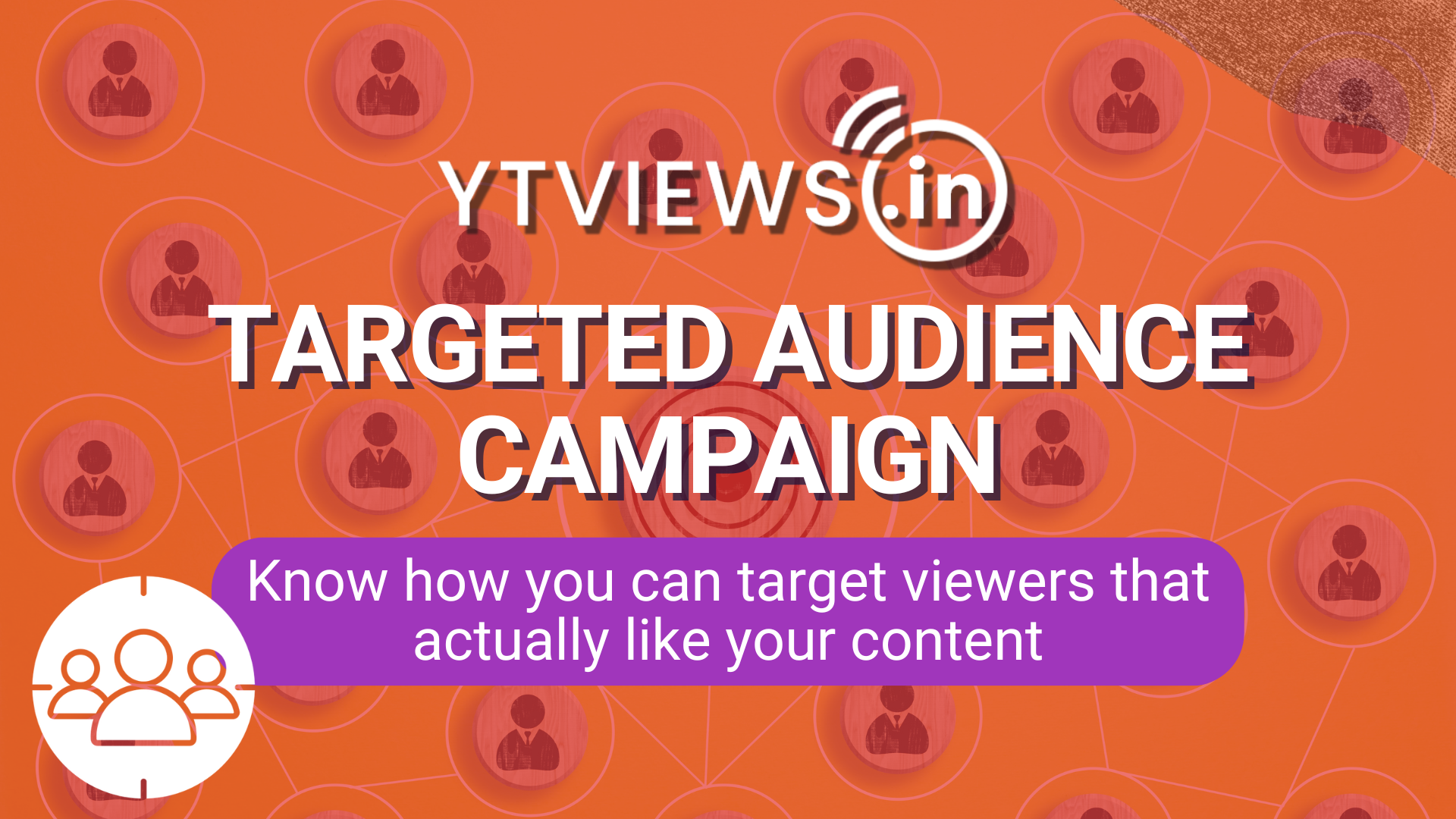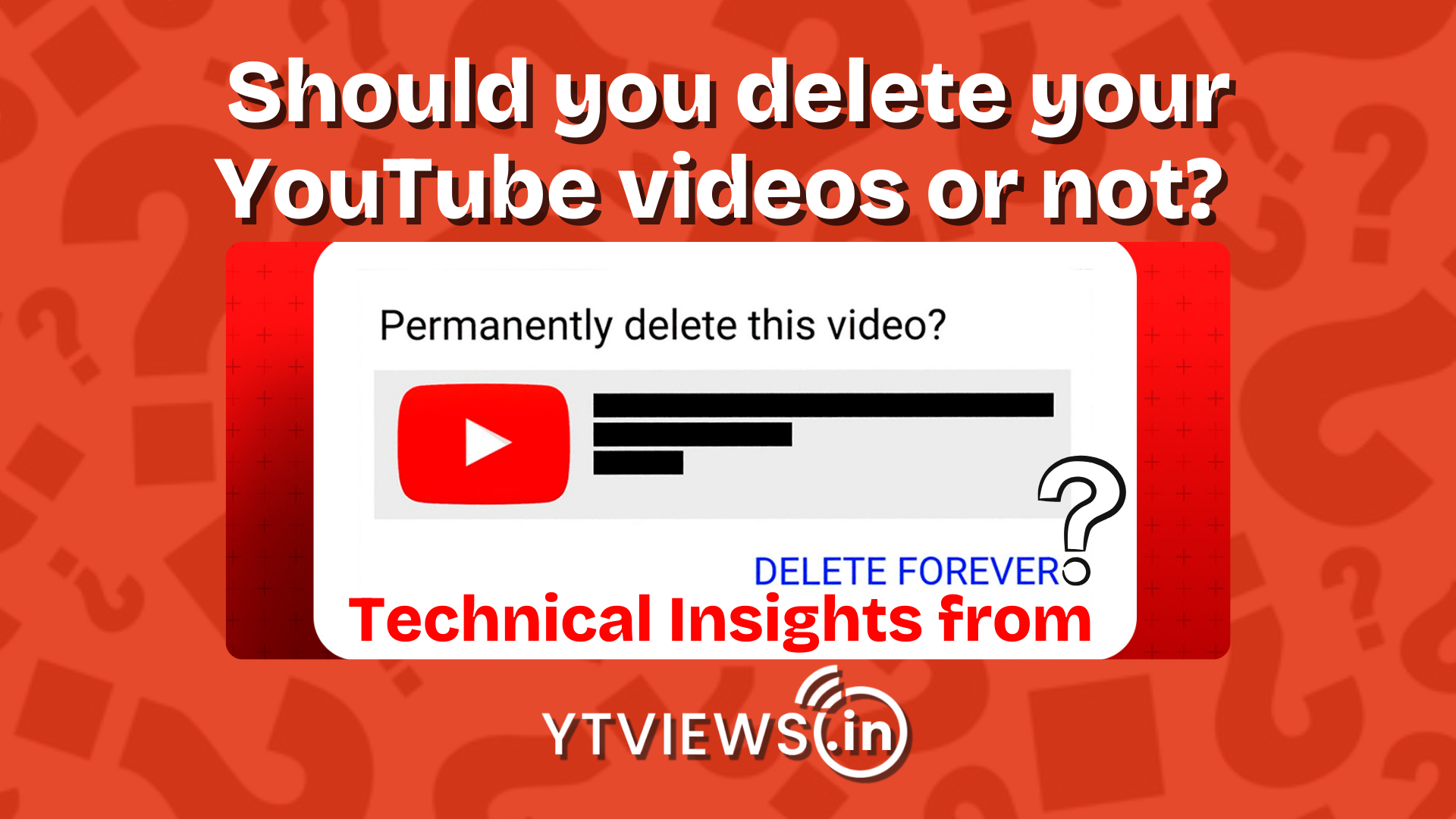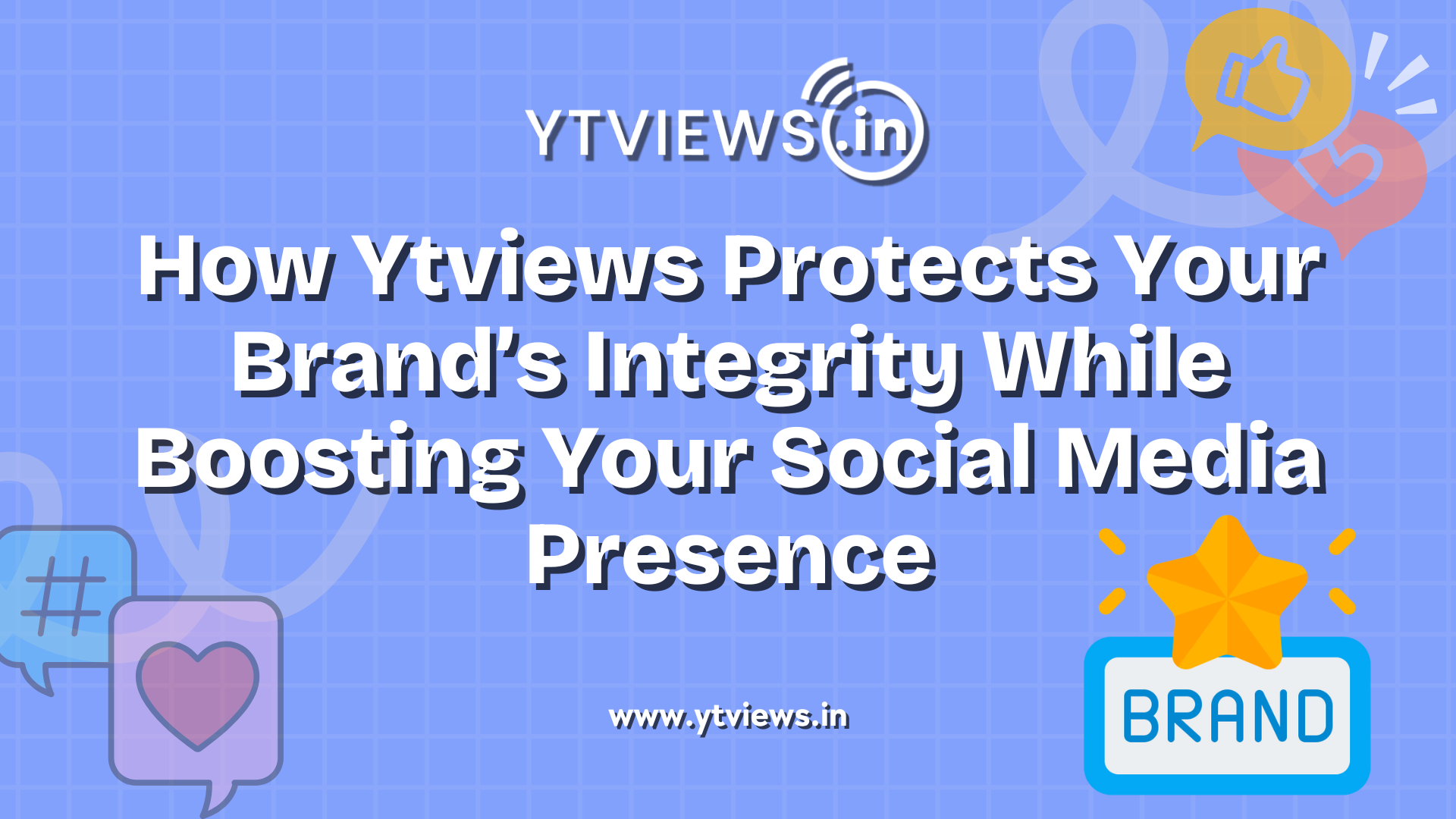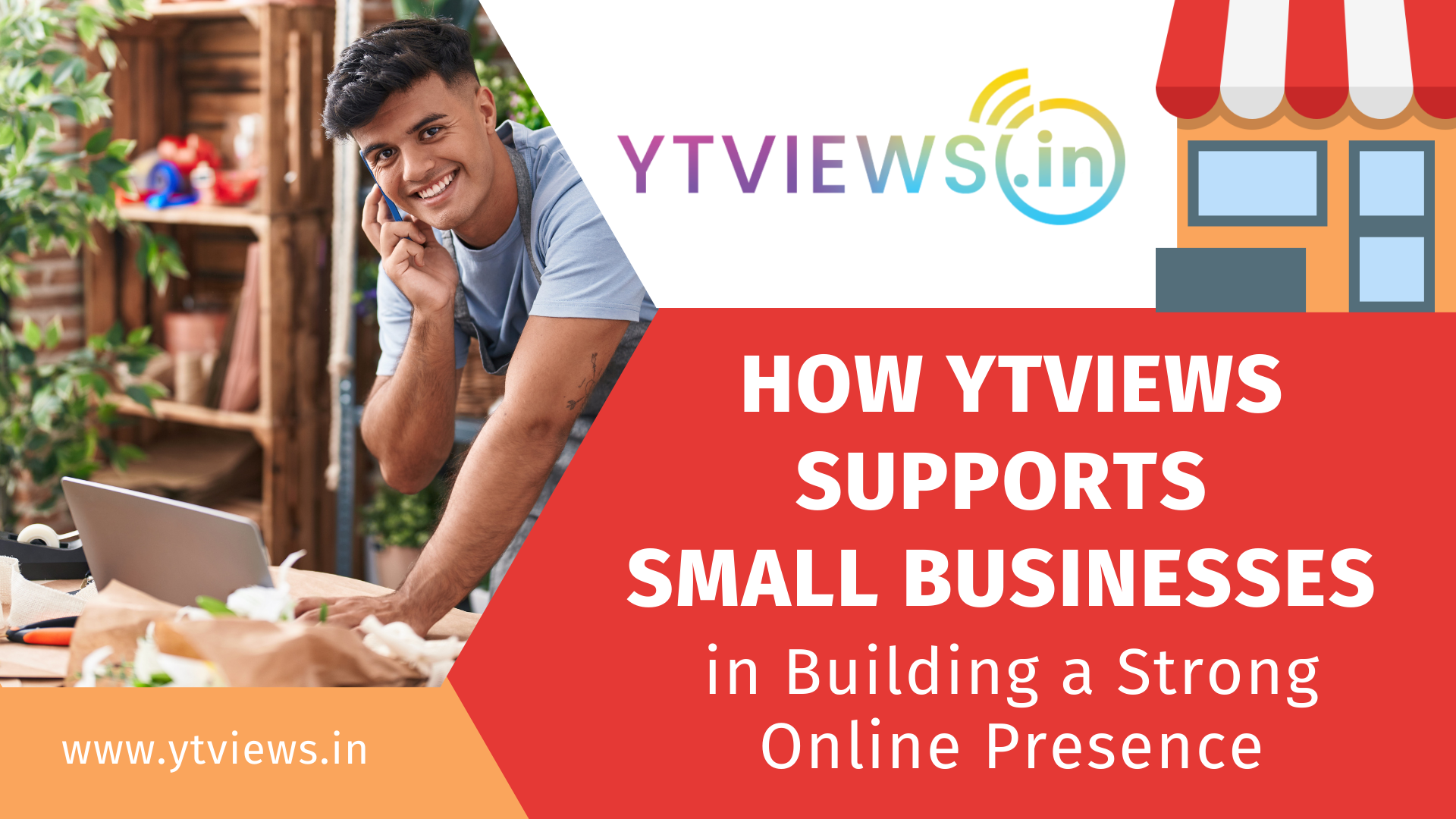How To Monitor Facebook Ad Metrics In 2022
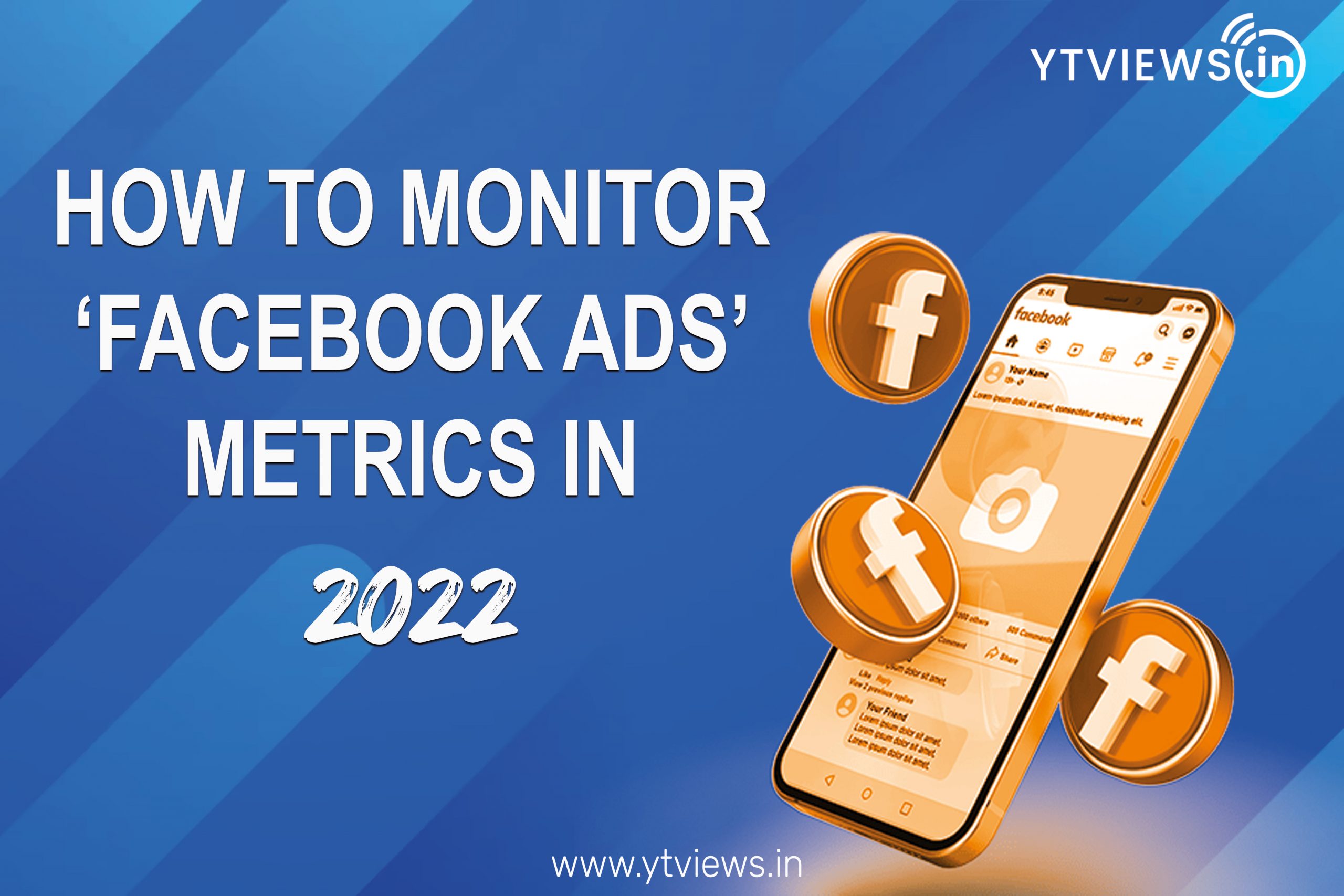 Any Facebook advertising strategy should include tracking and reporting on the success of your ads. A good Facebook Ads report should consist of the following questions. What has been the cost to you so far? What is the campaign’s total return on investment (ROI)? And a lot more That said, it’s easy to become buried in your clients’ Facebook Ads accounts’ plethora of analytics.
Any Facebook advertising strategy should include tracking and reporting on the success of your ads. A good Facebook Ads report should consist of the following questions. What has been the cost to you so far? What is the campaign’s total return on investment (ROI)? And a lot more That said, it’s easy to become buried in your clients’ Facebook Ads accounts’ plethora of analytics.
In fact, Facebook Ads Manager has over 350 distinct metrics and ad phrases! It would be hard to follow a report with all 350 metrics, and many of them would be entirely unrelated to the campaign. Even if you are following it, you cannot determine why Facebook advertising appears to be underperforming? This post will look at how to track Facebook ad stats in 2022.
What is Facebook Ad Analytics?
Facebook Ad Analytics is a set of statistics that shows how well a campaign is doing. It examines paid media and gives reliable data on marketing campaigns. Here are some commonly utilized Facebook ad analytics:
- Clearly visualized sales funnel provides valuable data into customers’ time spent in each stage.
- Increased retention can be achieved by creating retention reports and learning how long users stay on your product and website over a specific period.
- And, Increased revenue can be achieved by creating revenue reports.
The Difficulty of Accurately Reporting Facebook Ads?
Many firms have recently made tracking user behaviour on their devices more complex, which significantly impacts ad networks like Facebook. Even Google has indicated that it will begin introducing more robust privacy settings for Android users soon, which will affect the amount of data Facebook can gather.
In light of these privacy changes, you may take action to put up proper reporting systems for Facebook advertisements. But, first, we’ll go through some of the best ways to monitor your Facebook ads.
Configure Conversion Events
If your campaigns are meant to generate activities on your website, conversion events are critical. In addition, because of Apple’s App Tracking Transparency architecture, they’re essential if you want to attract customers with iOS devices.
The vast majority of eligible iOS users have opted out of third-party app monitoring as of November 2021. Unfortunately, this implies that unless you set and prioritize conversion events, you won’t be able to contact these people with Facebook advertisements or appropriately report on their conversions.
While domains only need to be verified once, conversion events may need to be configured or updated regularly. Because your conversion events should be in line with your company’s marketing goals and campaign objectives, which may shift over time.
Check Your Domains
If you haven’t already validated the domain where your Facebook advertising attracts visitors, this is a crucial step. It verifies that the site where you wish to track conversions belongs to your company. It may also influence your ability to prioritize conversion events, which have a significant impact on ad delivery and reporting.
Reconsider the campaign’s goal.
It’s also critical to establish the correct campaign aim to improve ad delivery and outcomes. If you’ve upgraded to Outcome-Driven Ad Experiences in Ads Manager, you may need to rethink your campaign configuration to better reporting and results.
Maximize Ad Placements
You may want to consider using more Ad Manager placements and targeting a larger audience. For example, if you’ve had success with Instagram Explore or Facebook Groups in the past, you might be inclined to concentrate your efforts there. When there are more placement possibilities, though, Meta can more readily optimize ad distribution. That is to say, employing as many places as feasible can result in more efficient distribution and lower costs.

Adopt Automation Options
In Ads Manager, automated rules are far from the sole automation option. For example, you may also automatically use the Advertising Manager’s dynamic ads and experiences to boost ad distribution.
Create a campaign with a sales or app promotion goal to employ dynamic advertisements. To allow Meta to give the best ad to each individual, link a catalogue and turn on Dynamic Formats and Creative at the ad level with the sales target.
Conclusion
Understanding the most essential Facebook Ad metrics is vital for increasing your campaigns’ return on investment. With so many options accessible in Facebook Ads Manager. However, if you only look at these indicators, you’ll be well on your way to better-optimized, higher-performing campaigns.



































